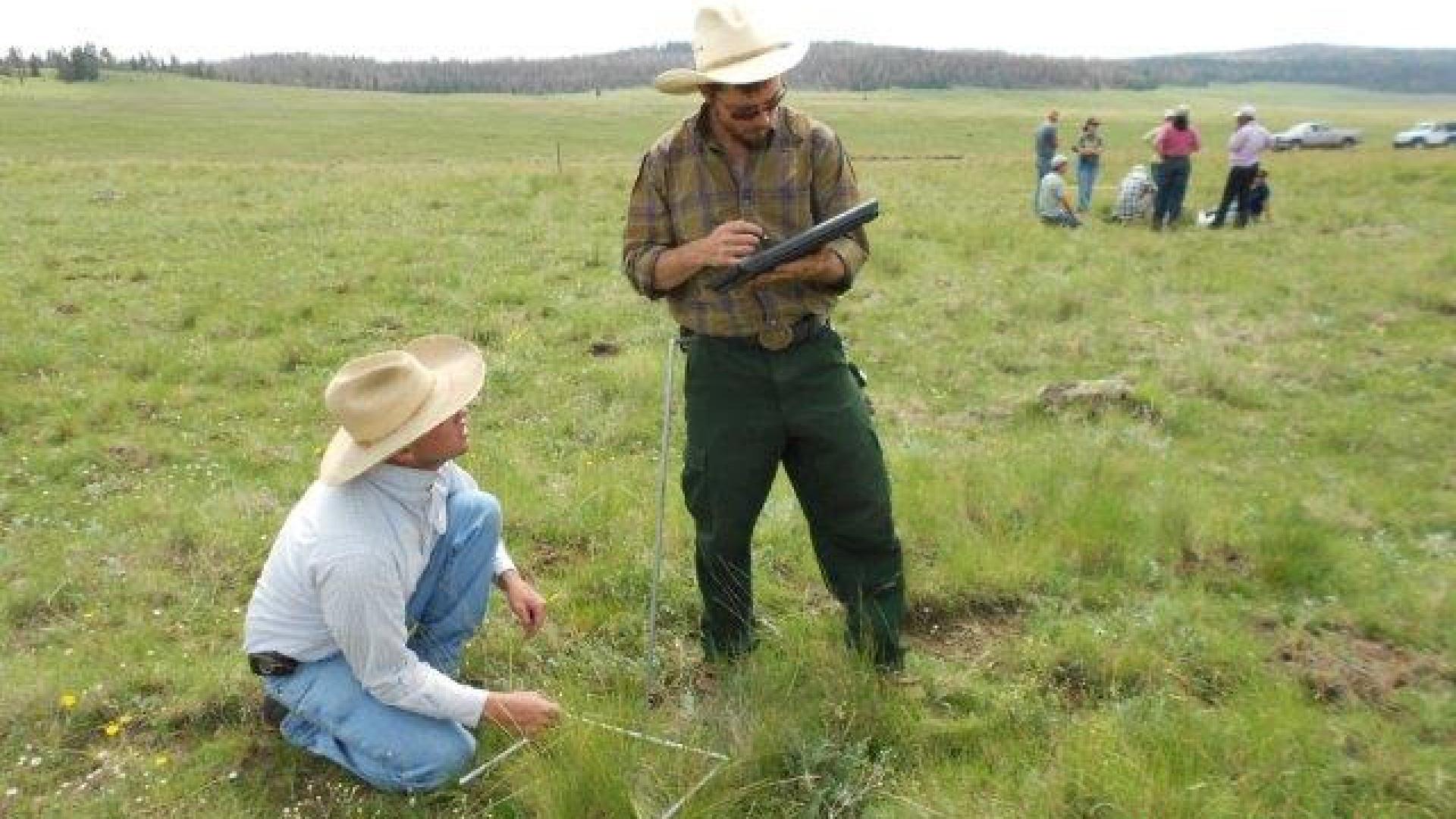
- Body
While the contents of NEPA reports are often complex and can take months or years to develop, the steps in the process of developing a NEPA document are always the same:
- A project is proposed, for example a grazing permit renewal or a new dirt tank
- This may be initiated by the agency, by you for a project on your allotment, or cooperatively with the agency
- Initial evaluation to determine if the project will likely have environmental impacts
- For common project types, there are agency policies that determine if further review is needed
- If environmental impacts are likely, the agency prepares an Environmental Assessment
- Most grazing permits and range improvements will require an Environmental Assessment
- The public, including ranchers, can and should participate in the Environmental Assessment process
- The NEPA process can now follow two different paths: A Finding of No Significant Impact and a final decision by the agency, or a more detailed Environmental Impact Statement.
- For most grazing permit renewals and range improvements, the NEPA process ends with final decision based on the Environmental Assessment
- If it is determined a project will have significant environmental impacts, a full Environmental Impact Statement is required. The steps in this process are detailed on the Full EIS Process page.
- A project is proposed, for example a grazing permit renewal or a new dirt tank
Tools
- The NEPA Process flow chart from the Citizens Guide to NEPA